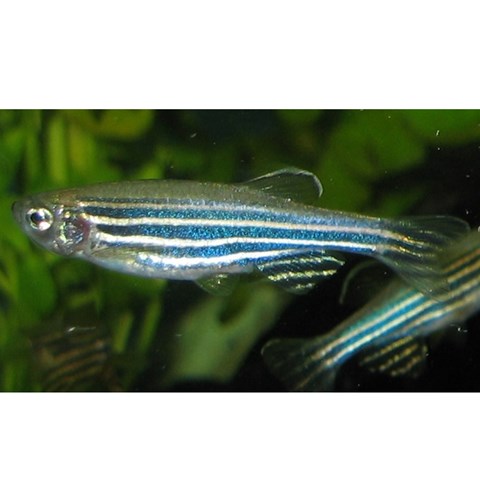Human and veterinary pharmaceutical pollution is emerging as an environmental problem. Many pharmaceuticals pass through the patient in either metabolized or intact form and are excreted in feces and urine. The pharmaceutical compounds eventually reach the aquatic environment, as they are not readily removed by conventional sewage treatment plant (STP) technologies.
Subsequent effects in non-target aquatic biota exposed to pharmaceuticals in the aquatic environment is a concern. For instance, fish embryo development, reproduction, and behavior have been shown to be affected by pharmaceuticals. New sewage treatment methods have been developed and implemented in STPs to improve pharmaceutical removal.
One of these methods involves sewage ozonation. Ozonation is very efficient for removing pharmaceuticals. However, potentially toxic ozonation by-products (OBPs) can be formed as the parent compound is only partially degraded. One example is the anticonvulsant medication carbamazepine, which becomes more toxic in developing zebrafish (Danio rerio) embryos after ozonation. The increased toxicity is manifested in the embryonal cardiovascular system (reduced heart rate and induction of e.g. pericardial edemas).
In order to elucidate the molecular mechanisms underlying the increasing toxicity, a gene regulatory network (GRN) approach will be used. RNA collected from 48 hours post-fertilization zebrafish embryos exposed to tap water (control), carbamazepine and ozonated carbamazepine will be used for studies on expression patterns of candidate genes. The project work will then proceed to describe possible molecular pathways and deduce hierarchical maps of the GRNs explaining the observed embryotoxicity.
The GRN methodology enables a deeper understanding of molecular mechanisms giving rise to toxic responses in zebrafish embryos, and the outcomes of the project will be used in future studies.
